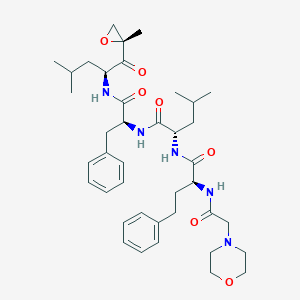Multiple myeloma
Adult: For patients with relapsed or refractory multiple myeloma who received at least 1 prior treatment: Dosage is individualised according to patient’s baseline BSA. As monotherapy with dexamethasone premedication: 20 mg/m2 via infusion over 10 minutes, increase dose to 27 mg/m2 on day 8 of cycle 1 if tolerated. Withhold dose if severe toxicity occurs, then resume with 20 mg/m2 dose upon recovery. Alternatively, 20 mg/m2 via infusion over 30 minutes, increase dose to 56 mg/m2 on day 8 of cycle 1 if tolerated. Withhold dose if severe toxicity occurs, then resume with 45 mg/m dose upon recovery. Further reduce dose to 36 mg/m2 then to 27 mg/m2 if toxicity recurs. Omit doses on days 8 and 9 of cycle 13 onwards. Continue therapy until disease progression or unacceptable toxicity occurs. Discontinue treatment if toxicity persists. In combination with lenalidomide and dexamethasone: Initially, 20 mg/m2 (Max: 44 mg) via infusion over 10 minutes on days 1 and 2 of cycle 1, may increase dose to 27 mg/m2 (Max: 60 mg) on day 8 of cycle 1 if tolerated. Omit doses on days 8 and 9 of cycle 13 onwards. Treatment duration: 18 cycles. In combination with dexamethasone: Initially, 20 mg/m2 (Max: 44 mg) via infusion over 30 minutes on days 1 and 2 of cycle 1, may increase dose to 56 mg/m2 (Max: 123 mg) on day 8 of cycle 1 if tolerated. Continue treatment until disease progression or until unacceptable toxicity occurs. All doses are given on 2 consecutive days each week for 3 weeks (days 1, 2, 8, 9, 15, 16) followed by 12-day rest period (days 17-28). Each 28-day period is considered 1 treatment cycle. Dose reduction, dosing interruption, or discontinuation may be required according to individual safety and tolerability (refer to detailed product guideline).




 Sign Out
Sign Out




